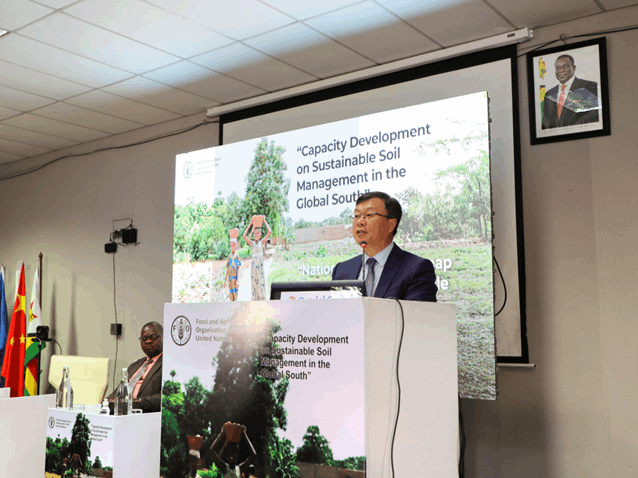
Monica Cheru—Managing Editor
When Chinese Ambassador Zhou Ding described soil and water as “lifelines” during the launch of two new agriculture support initiatives under the FAO–China South-South Cooperation Programme last week, it was more than diplomatic rhetoric. This is a heartfelt echo from China’s own long, rugged road to food security—a summit it has worked decades to reach.
According to the Global Hunger Index, fewer than 2.5% of China’s population remain undernourished, with only 4.2% of children under five exhibiting stunting, 1.6% wasting, and an under-five mortality rate contribution of just 0.7%. Grain output has exceeded 650 million metric tons each year for nearly a decade, reaching a record 706.5 million tons in 2024—ahead of a target to maintain 700 million metric tons by 2027 under a new 10-year strategic initiative.
This marks a stark contrast to China's worst famine period between 1959 and 1961, when catastrophic famine claimed an estimated 15 to 55 million lives due to starvation and related causes.
What China Learned at Home
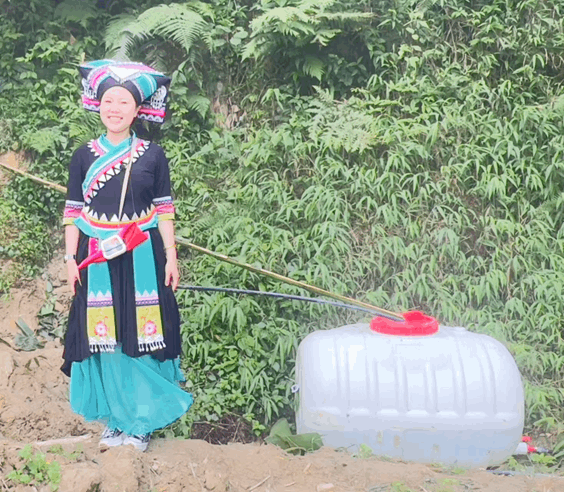
In the 1990s, Yunnan Province was one of China’s poorest regions. Mountainous terrain, poor soils, and limited irrigation infrastructure made farming a precarious gamble.
When I visited the province this year, I discovered that through state-backed research, targeted corporate investment, community mobilization, and precision water management, the region reversed its food deficit. Today it is a hub of climate-smart agriculture, combining indigenous knowledge with modern innovation such as:
- Terraced rainwater harvesting
- Soil fertility mapping
- Agroforestry systems
- Micro-irrigation technologies
- E-commerce that enables rural farmers to sell directly to urban consumers
In May 2024, China enacted its Food Security Law, legally mandating “absolute self-sufficiency” in staple grains and holding government officials at all levels accountable for food security planning, protecting farmland, conserving seed resources, and curbing waste.
It is from these practical success stories that China is developing its South-South agricultural diplomacy.
Zimbabwe’s Challenges
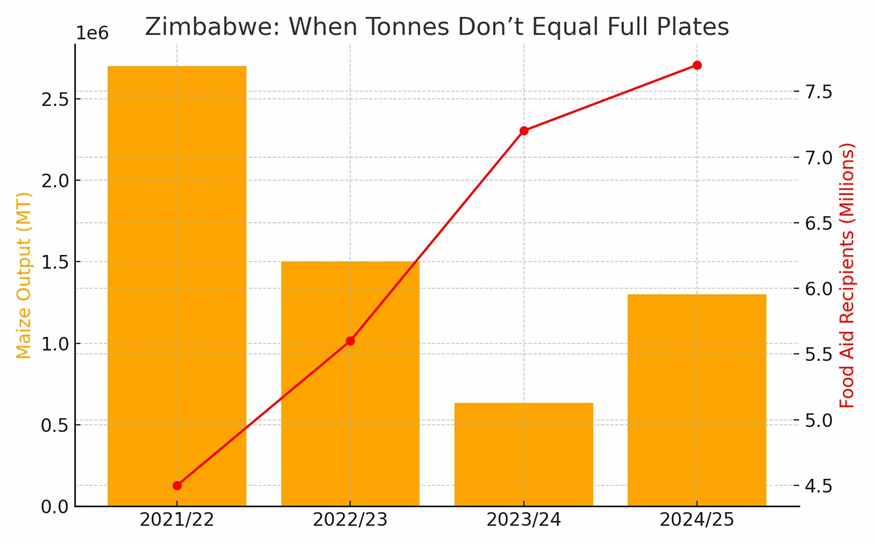
Over the past three marketing years, Zimbabwe’s agricultural sector has shown output gains on paper—even as hunger continues to stalk millions. After a severe drought in 2023/24 slashed maize production to approximately 635,000 metric tons—over 60% below the five-year average—the following season (2025/26) saw a rebound to 1.3 million metric tons, thanks in part to more favorable rains and subsidized inputs under the Presidential Scheme.
These rising figures followed a production slump from 2.7 million metric tons in 2021/22 to 1.5 million in 2022/23, before falling to 635,000 and then recovering. But the recovery in tons has not translated into food security. National cereal availability barely improved, and more than seven million Zimbabweans still required food assistance in early 2024 amid the worst drought in decades.
Nutrition indicators such as child stunting and coping behavior remain high, highlighting a disconnect between macro-level output and household access.
Related Stories
That’s where the FAO–China South-South Cooperation initiatives bring critical added value. While national yield rebounds matter, the Capacity Development on Sustainable Soil Management and National Water Roadmap projects aim to bolster household-level resilience—improving soil health, local water access, and resource-smart management among smallholders.
These interventions can help ensure that future harvest gains reach every plate—not just remain abstract numbers in tonnes—bridging the gap between improved output and real food security.
Zimbabwe's agricultural sector employs over 60% of the population, yet the country remains food insecure, importing nearly US$500 million in staple grains in 2023.
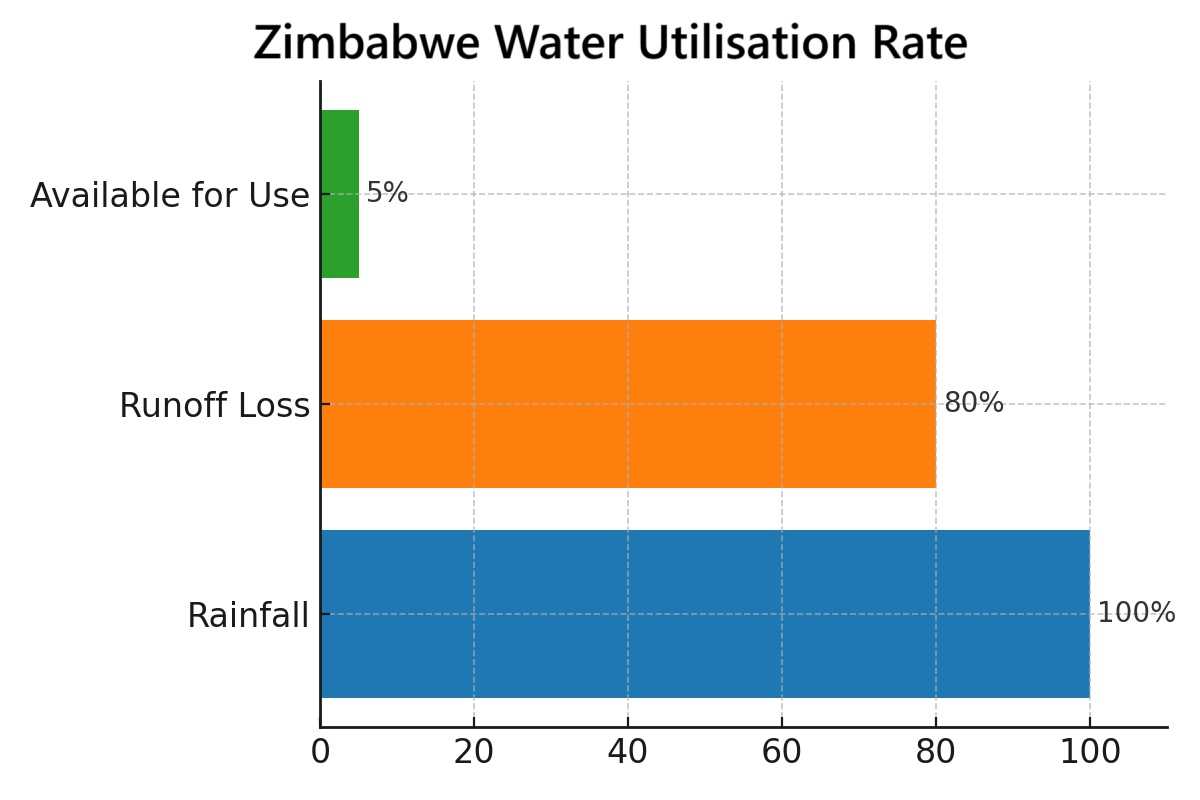
- According to ZimStat, 25% of Zimbabwe’s arable land is degraded.
- Only 5% of farmers have access to irrigation infrastructure, despite over 80% of rainfall being lost to runoff.
Climate change has only made things worse—intensifying droughts, shortening rainfall seasons, and degrading soils through erratic temperature patterns.
The initiatives launched by Ambassador Zhou, FAO Zimbabwe, and Agriculture Permanent Secretary Prof. Obert Jiri are targeted at addressing these key areas of concern, focusing on:
- Capacity Development on Sustainable Soil Management
- Training for soil scientists and extension officers
- Soil fertility mapping and conservation planning
- Farmer-level rollout of best practices on composting, mulching, and erosion control
- National Water Roadmap to 2030
- Alignment of Zimbabwe’s irrigation and catchment policies with SDG targets
- Investment in micro-irrigation systems and small dam rehabilitation
- Pilots for integrated water management in drought-prone areas
The Bigger Picture: Chinese Innovations in Africa
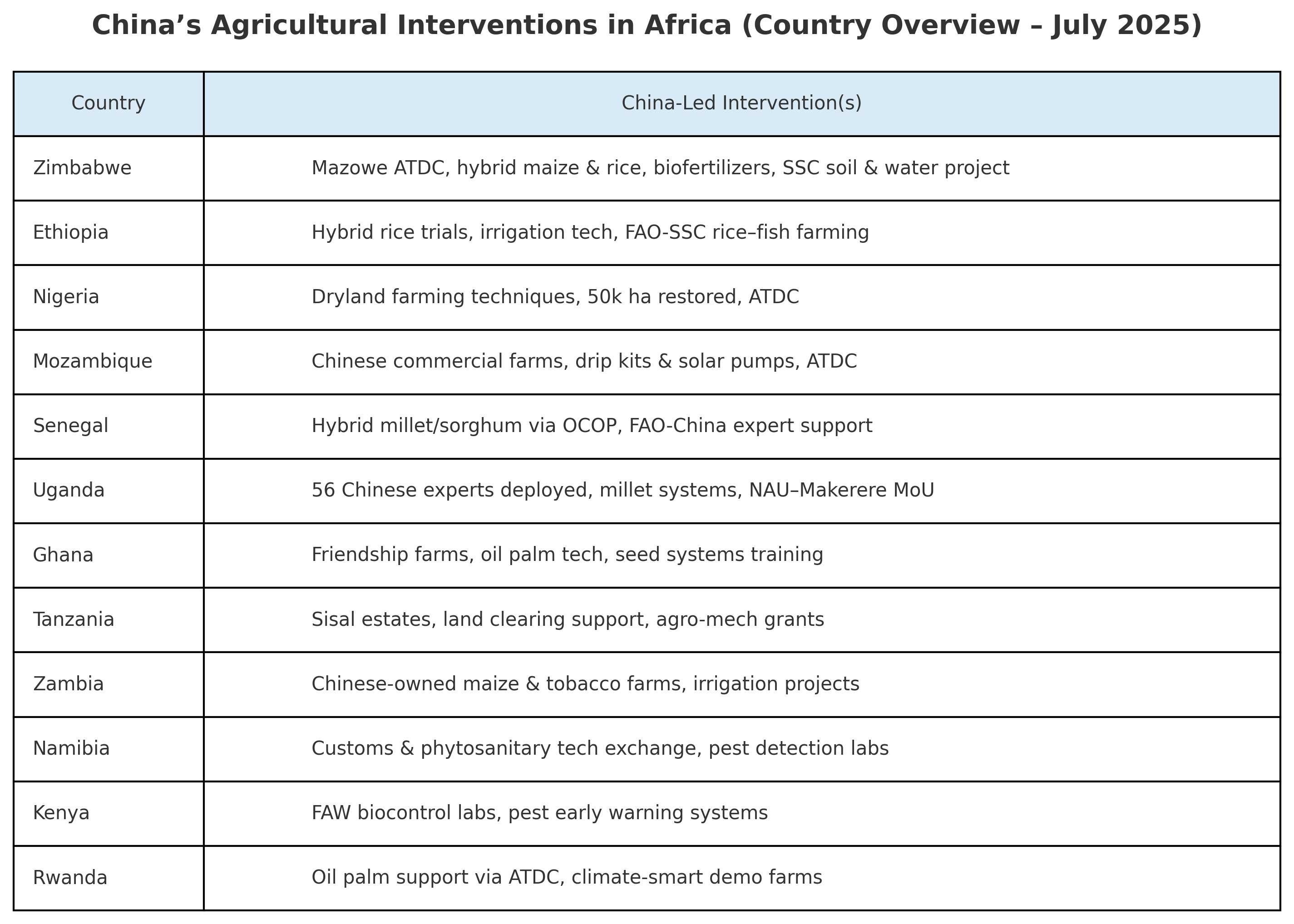
Beyond Zimbabwe, Chinese agritech has quietly reshaped food systems across Africa:
- In Ethiopia, Chinese-designed hybrid rice has doubled yields on test plots.
- In Nigeria, China-supported dryland farming techniques have helped restore over 50,000 hectares of degraded land.
- In Mozambique, drip irrigation kits and low-cost solar pumps from Chinese firms have reached over 30,000 smallholder farmers.
In Zimbabwe, the Chinese-built Agricultural Technology Demonstration Centre in Mazowe has introduced:
- Hybrid maize and rice varieties
- Biofertilizer trials
- Conservation agriculture models suited to communal lands
In almost every social, political, or economic discussion, the role of China in Africa becomes enmeshed in geopolitics or aid optics. But we also need to view the alternative narrative and define the relationship from the African perspective.
FAO projections show that Africa will need to double food production by 2050 just to meet basic nutritional needs. Meanwhile, the continent is losing 3 million hectares of fertile land every year to degradation. In this race, knowledge—not just money—is the real currency.
China’s model—rooted in lived experience, not donor doctrine—offers a tangible playbook: invest in soil, harvest resilience. For Zimbabwe, the successes in Yunnan’s Malipo and Jinping—whose climate and terrain echo the Eastern Highlands—offer an adaptable blueprint.
Next Steps for Zimbabwe
To unlock the full value of these programs, there is a need to:
- Decentralize soil testing and training to rural wards
- Scale up local manufacture and subsidy of drip irrigation kits
- Integrate water-smart agriculture into school and youth farming schemes
- Monitor impact with open dashboards tracking soil health and water use efficiency
There is a clear path to change Zimbabwe’s culture from donor dependency to self-sufficiency and dignity. The right to food security is perhaps the most crucial of all. With smart agriculture, it comes with improved revenue streams, therefore positively affecting other core rights like health, education, and mobility.





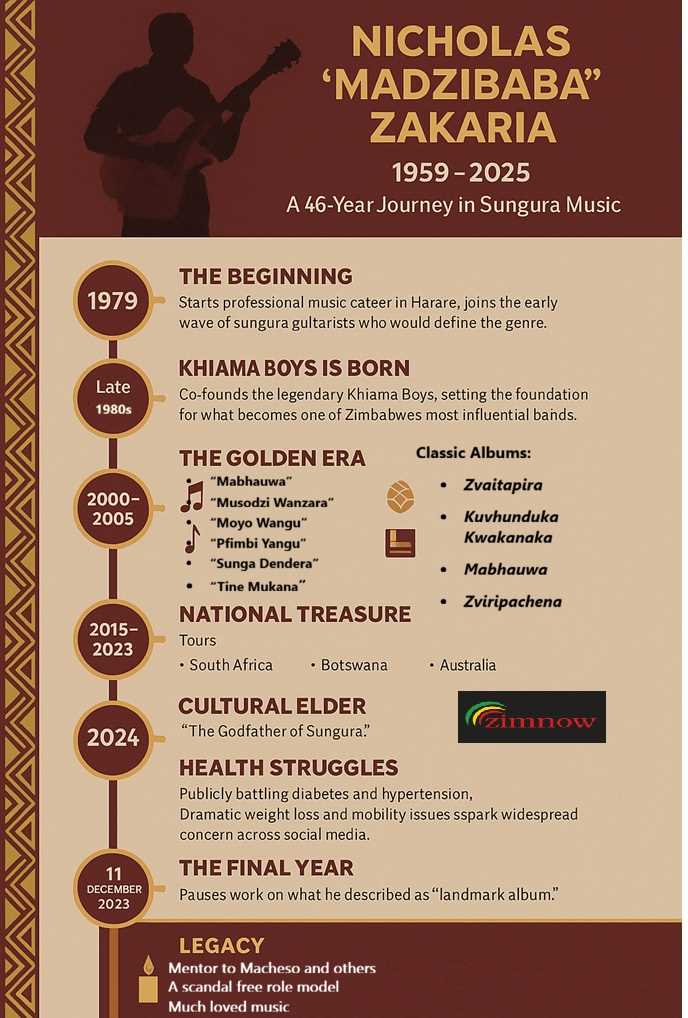






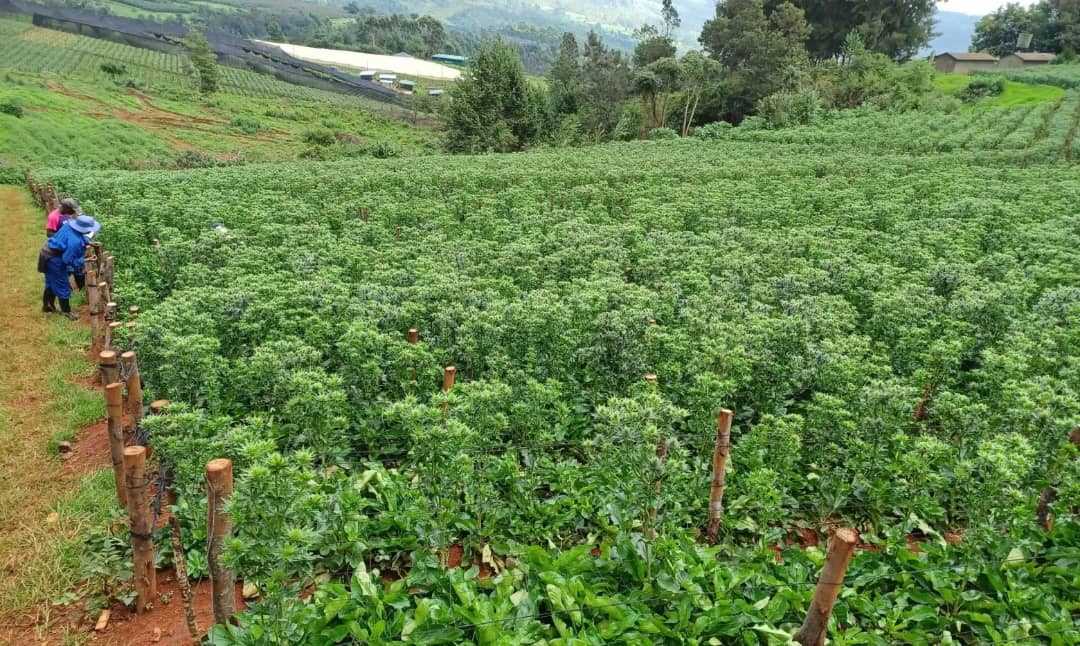







Leave Comments